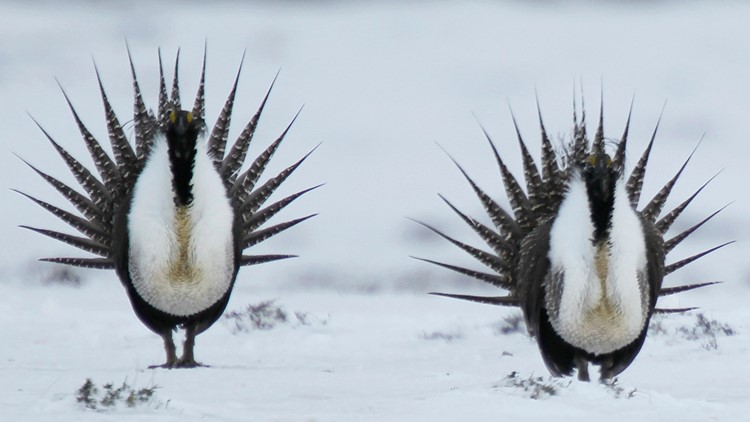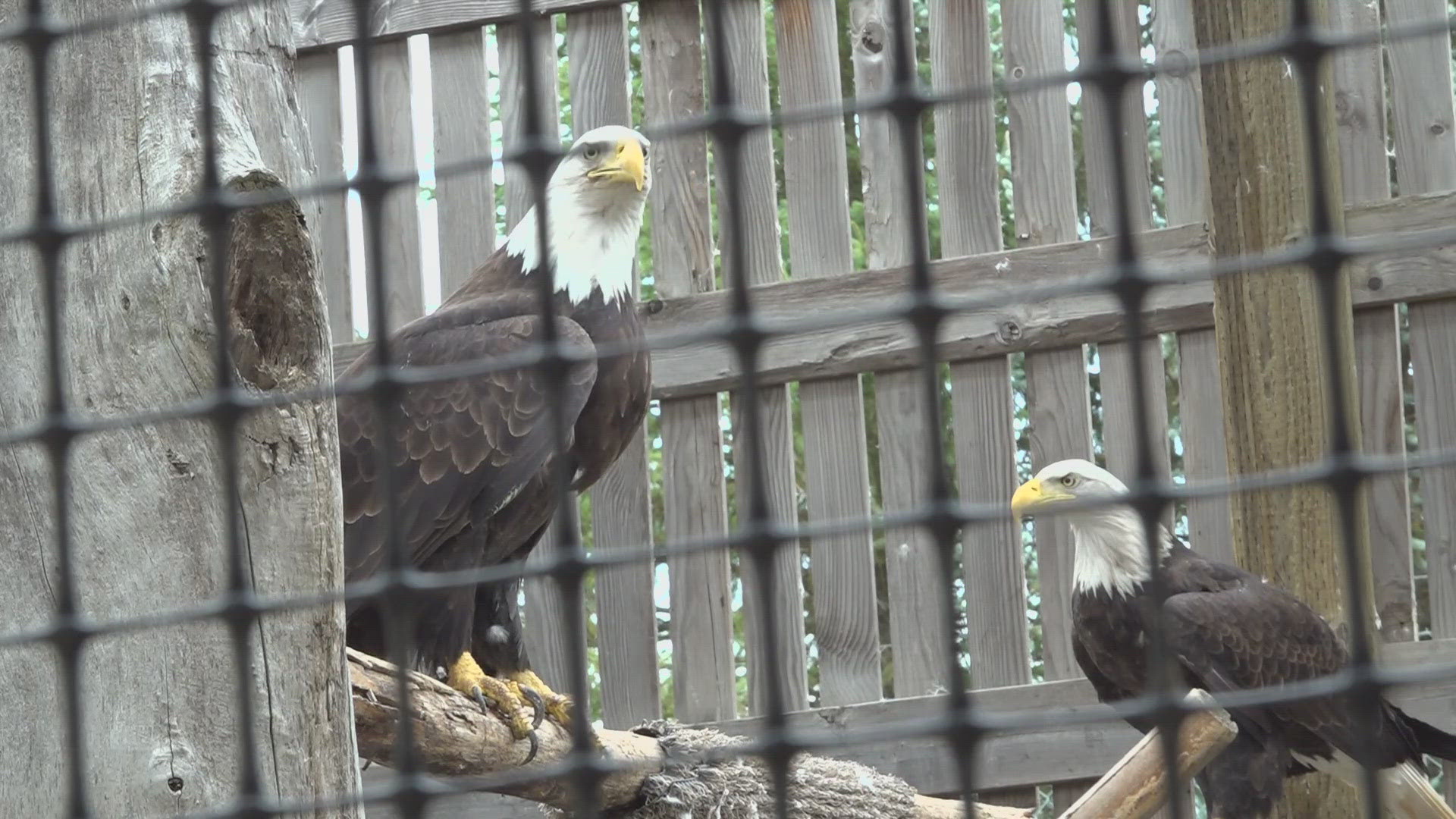RENO, Nev. — The U.S. Fish and Wildlife Service is revising its plans to protect a type of imperiled game bird found only along the California-Nevada line after a federal judge struck down its earlier decision to rescind a proposal to list it as threatened.
The agency announced late Thursday it will reopen the public comment period and reconsider whether to protect the bi-state sage grouse under the Endangered Species Act through June 11.
A judge ruled last May that the agency acted illegally in 2015 when it withdrew an earlier proposal to list the bi-state grouse as a distinct, threatened segment of the larger population of the greater sage grouse.
The greater sage grouse is at the center of a dispute over Trump administration efforts to roll back protections adopted under President Barack Obama across 11 western states.
The U.S. Forest Service also is currently being sued over the bi-state grouse by off-road enthusiasts in California and Nevada who say that agency's protection plans unnecessarily restrict motorized travel and could increase fire danger across rangeland habitat in the Humboldt-Toiyabe National Forest on the Sierra's eastern front.
Scientists say both types of ground-dwelling, chicken-sized birds need multiple miles (kilometers) of undisturbed habitat around their traditional breeding grounds known as "leks" free from oil and gas drilling, livestock grazing, mining and other development. But they say the bistate grouse is more at risk than greater sage grouse with as few as 5,000 remaining across 7,000 square miles (18,130 sq. kilometers) of high-desert sagebrush.
The Fish and Wildlife Service announced Thursday it was reopening a 60-day comment period on the bi-state grouse's status and plans to publish a final listing determination by Oct. 1.
In the meantime, the bird reverts to proposed listing status, which means other federal land managers must consult with Fish and Wildlife about any development or management plans that could encroach on its habitat, the agency said.
Pressed by conservationists in court, the Fish and Wildlife Service originally published a proposal in October 2013 to list the bi-state grouse as a distinct population segment of the greater sage grouse that was threatened with extinction in California and Nevada.
But in April 2015, the agency withdrew that decision based on its conclusion threats to the bi-state grouse were "no longer as significant as believed" and that "conservation plans were ameliorating threats" to the bird, the agency said in Thursday's notification.
Desert Survivors, the Center for Biological Diversity, WildEarth Guardians and Western Watershed Projects filed suit over that decision in March 2016 and U.S. District Chief Magistrate Judge Joseph Spero ruled May 2018 in San Francisco there were "no rational grounds for the service's conclusion."
Ileene Anderson, desert public lands director at the Center for Biological Diversity, said Friday the bi-state sage grouse "are in deep trouble" and need urgent protection from the Endangered Species Act to survive.
"We're counting on the Trump administration do the right thing and shield these beautiful birds from extinction," she said. "The goal is to increase the number of birds throughout their range and that means protecting their habitat."
A lawyer for the plaintiffs in the Forest Service suit didn't immediately respond to a request for comment.



